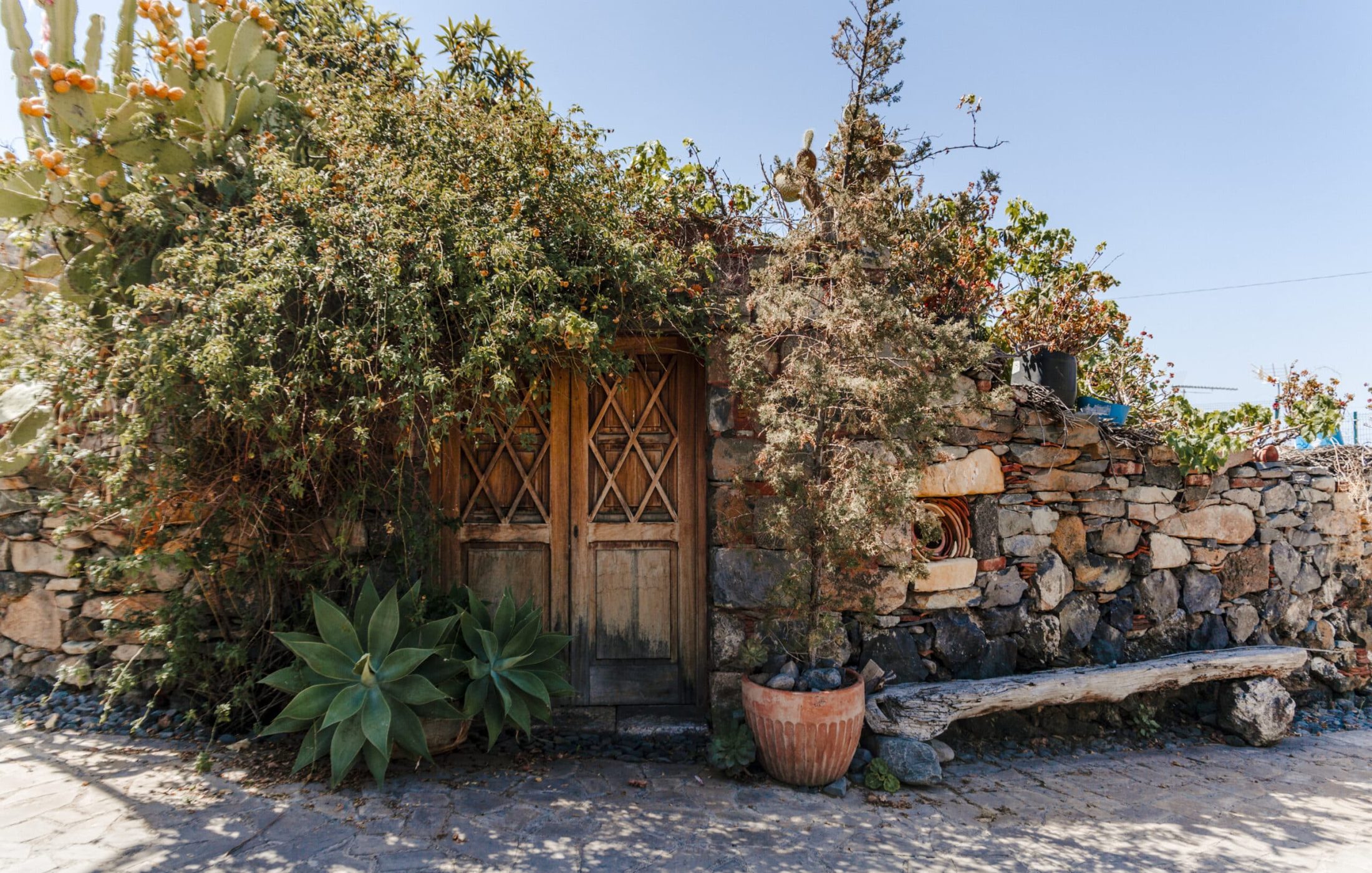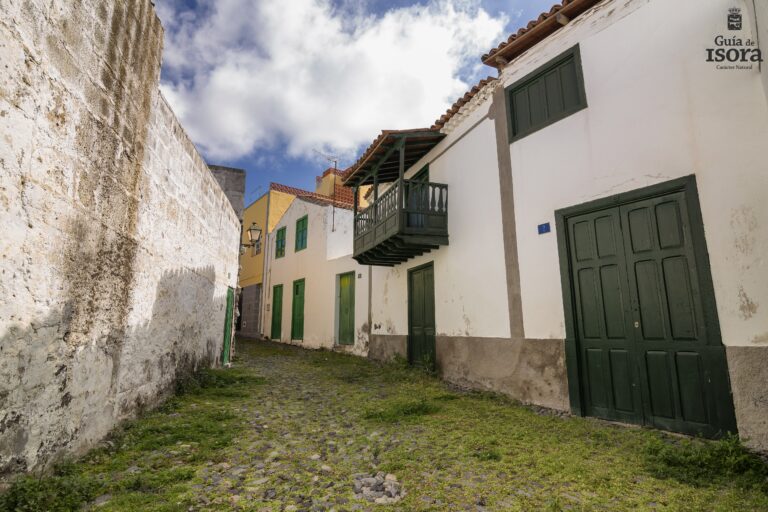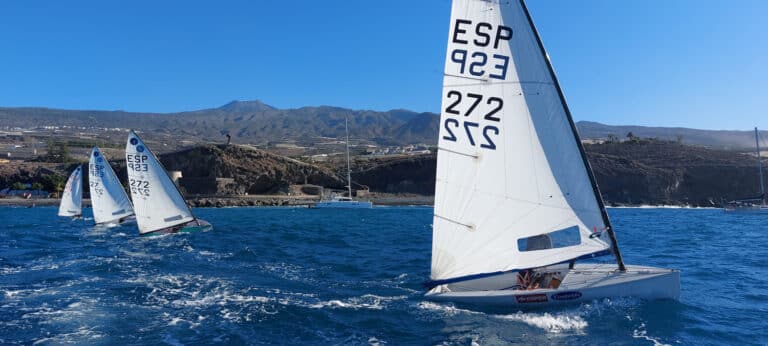In particular, the threshing floors (eras) and the lime, tile, pitch and bread ovens (hornos) are important elements of this heritage. And, although some visitors overlook this fact, today we will tell you about their most outstanding features. We will tell you everything you need to know about these cultural treasures and where to find them in Guía de Isora.
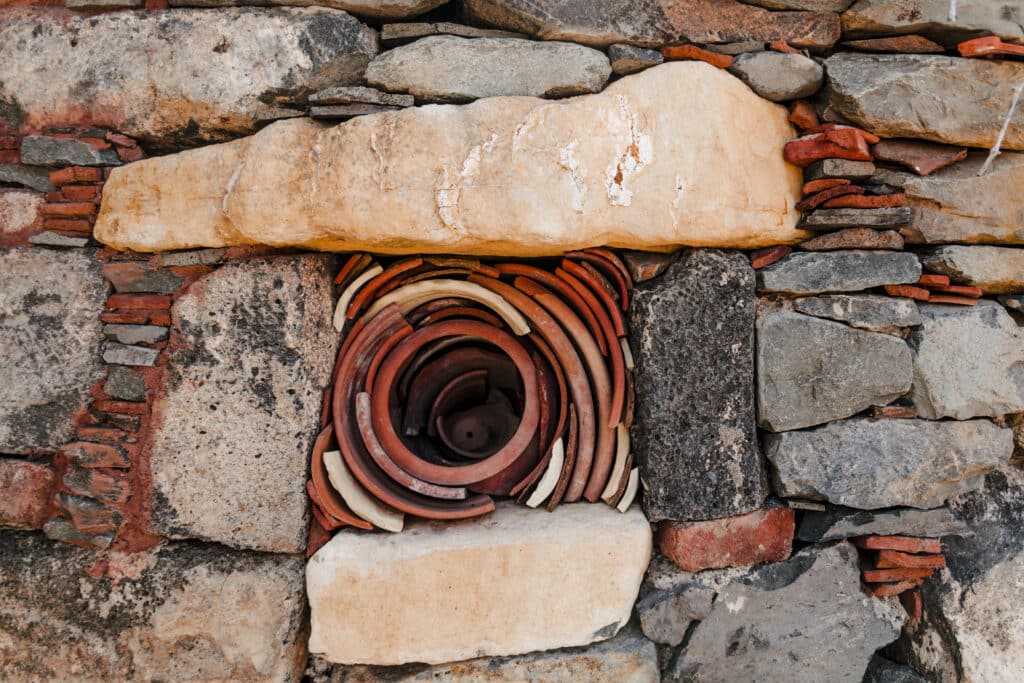
Heritage preserved in Guía de Isora
In this territory, as in Tenerife as a whole, heritage is a fundamental issue for everyone. From this point of view, efforts have been made to preserve and restore those icons that have distinguished Isorran culture. Let us look at two of these cultural symbols: the threshing floors (eras) and the ovens.
What are eras?
Eras (or Threshing floors) are circular stone spaces on the ground that can be found in the rural areas of Guía de Isora. They were devised to separate the grain from the straw through the threshing of the crops. The threshing process consists of beating the cereal stalks against the surface of the threshing floor to separate the grain from the straw.
The threshing floors were also used to dry the crops in the sun. In Guía de Isora, threshing floors were built with local volcanic stone and samples of them can be found in many rural areas of the municipality.
Types of ovens and what do they consist of?
- Lime ovens (hornos de cal) are circular or square structures with a cone-shaped outlook in which lime was produced using limestone. This raw material was placed in the kiln alternating with layers of charcoal and burnt at high temperatures to produce quicklime.
Quicklime was used in agriculture, construction and surface liming, and lime kilns were an important part of the local economy in Guía de Isora for centuries. - Bread ovens: The purpose of these structures was for baking bread, although they were also associated with the drying of fruit (especially figs). Many of these ovens were of a domestic nature, and only a few have survived to the present day.
- Pitch ovens: In addition to the wood used in traditional architecture or Canary Island pine carpentry, pine resin (popularly known as brea or pez) was of great importance for the maintenance of boats.
- Tile kilns: Linked to traditional architecture in urban and rural environments, gradually replacing vegetable roofs, the tile industry had a notable presence, generating an important economic activity.
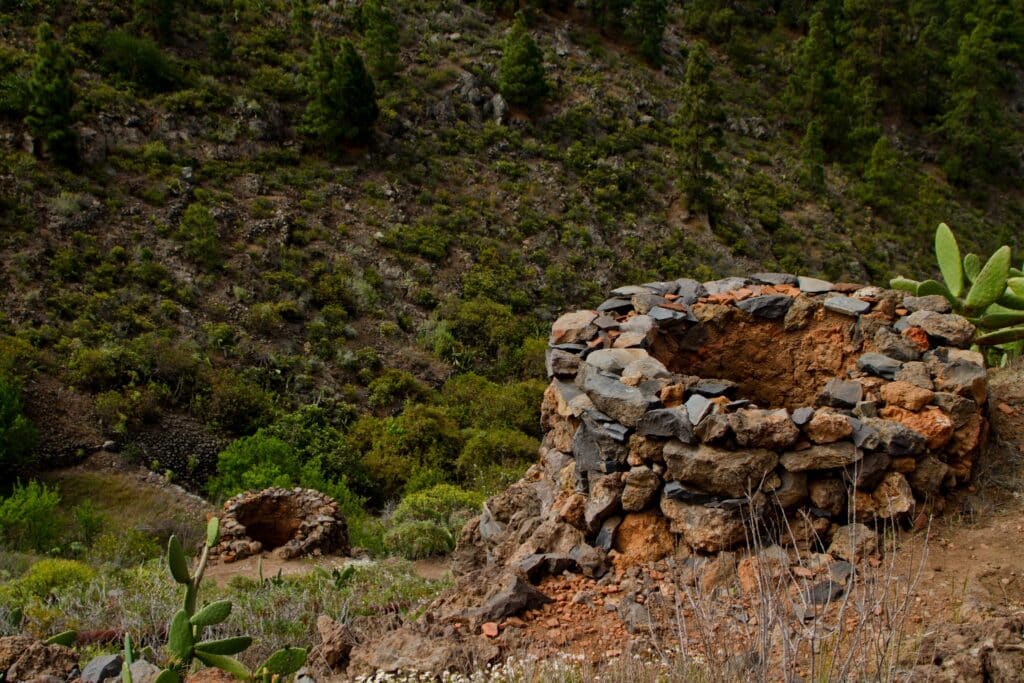
Where to find the threshing floors and ovens in Guía de Isora?
The threshing floors and ovens are valuable elements of Guía de Isora’s heritage that are worth exploring.
Below, we indicate where you can find these elements in the municipality:
- Eras: there are many threshing floors in the rural areas of Guía de Isora. The most interesting ones are in the villages of Chirche, Aripe and Vera de Erques. In Chirche, for example, there is a well-preserved threshing floor that is used for cultural and festive events.
- Lime ovens: or lime kilns are harder to find than threshing floors, but there are still some in the municipality. One of the most imposing is located on the promenade of Playa de San Juan, which was restored a few years ago.
- Bread ovens: Only a few remain today, especially in Vera de Erques.
- Pitch ovens: Today, a large number of pitch ovens are still preserved in the Monte de Chío area and in the Chiguergue and Chirche highlands.
- Tile ovens: especially in Aripe and Chirche, where more than a dozen are preserved. You can also see them in Vera de Erques, El Jaral or Las Fuentes.
We would like to point out that the threshing floors and the lime kilns are two elements that deserve to be explored. These structures remind us of the history and culture of the municipality, and are an exciting way to learn about the past of Guía de Isora.
If you are planning a visit to Guía de Isora, don’t hesitate to look for these structures and get to know them for yourself, we assure you that you will enjoy the cultural experience!
¿Te ha parecido útil este contenido?
¡Haz clic en una estrella para puntuarlo!
Promedio de puntuación 5 / 5. Recuento de votos: 1
Hasta ahora, ¡no hay votos!. Sé el primero en puntuar este contenido.

